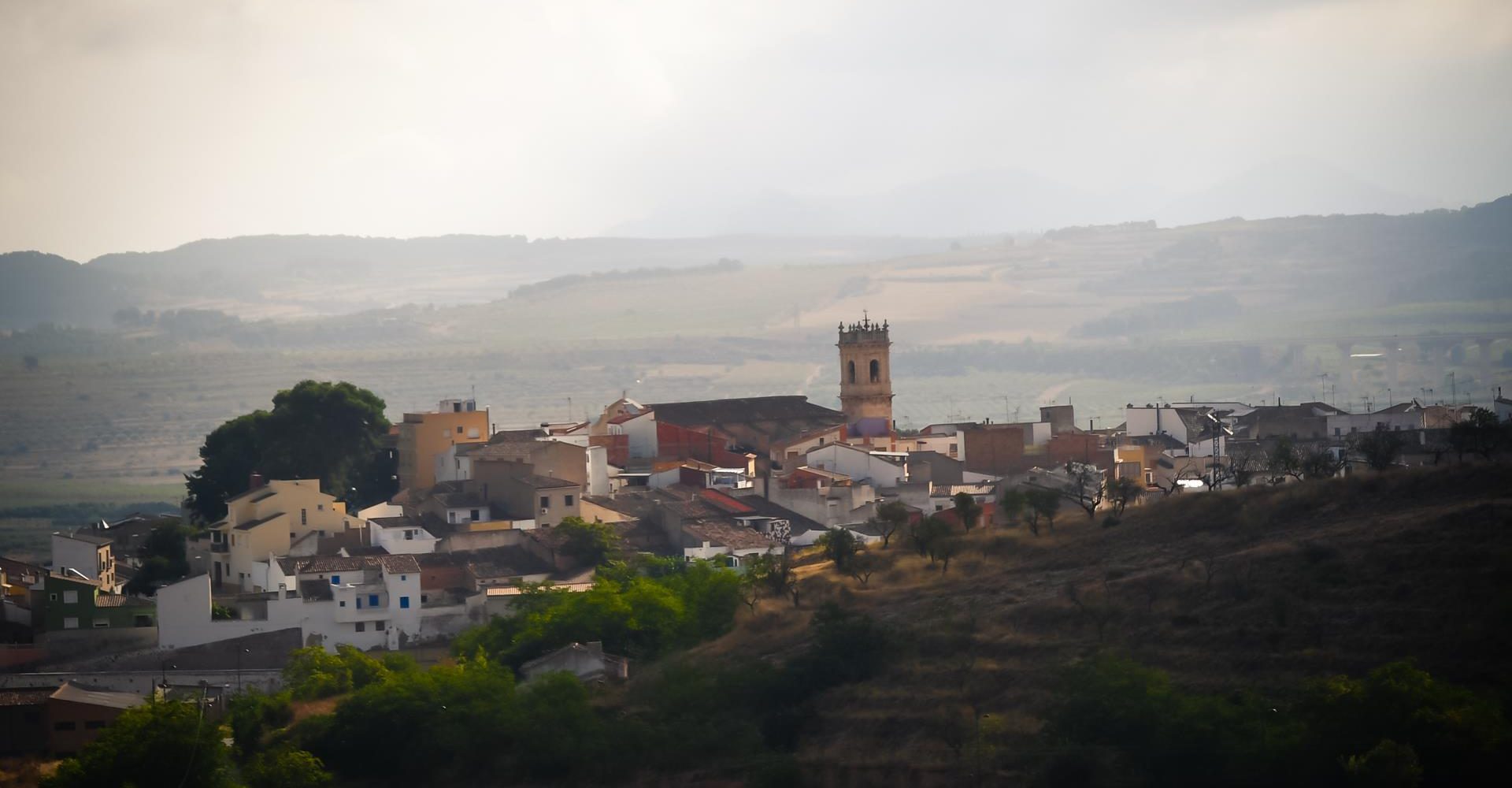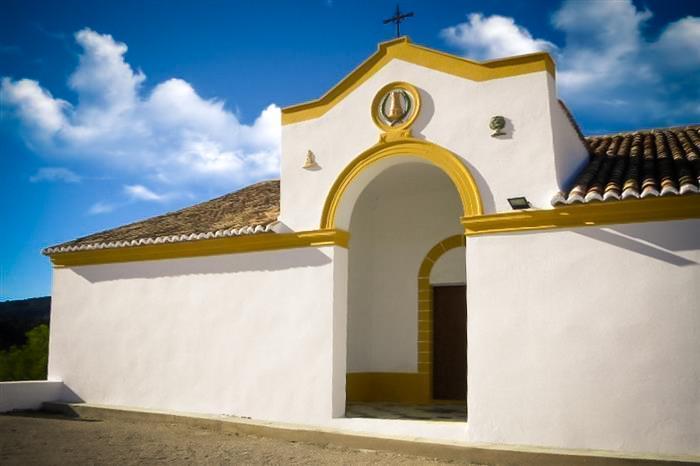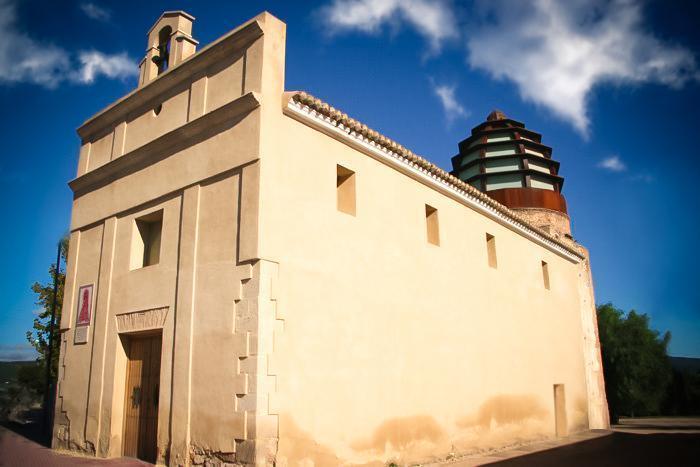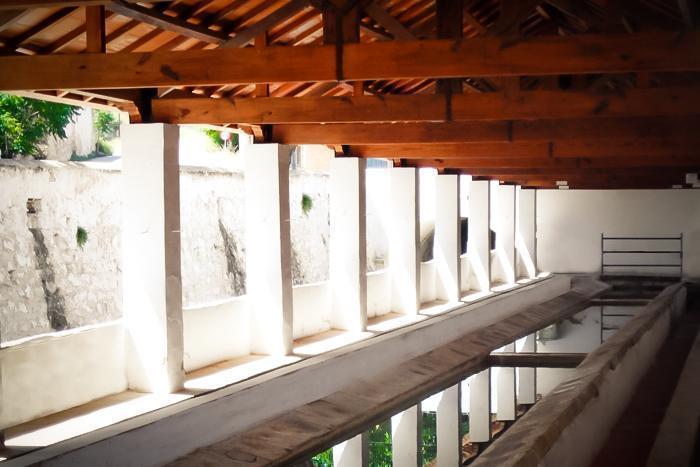La Font de la Figuera
To the west of the region is la Font de la Figuera. Its extensive term is within the wine-growing area called Terres dels Alforins, an extensive territory where high-quality wines are produced. Given the importance of wine growing, the Historical – Ethnological Museum is a must, located in a restored winery from the late 18th century.
It is also essential to visit the parish of the Nativity of the Virgin Mary to contemplate the main Altarpiece by Joan de Joanes, considered a fundamental example of the Valencian Renaissance, both for its artistic quality and for its size. The set is made up of 24 tables and a sculpture of the Verge de Gracia. Joan de Joanes, together with his father Vicent Macip and his children, are considered the most important nucleus of Valencian Renaissance painting.
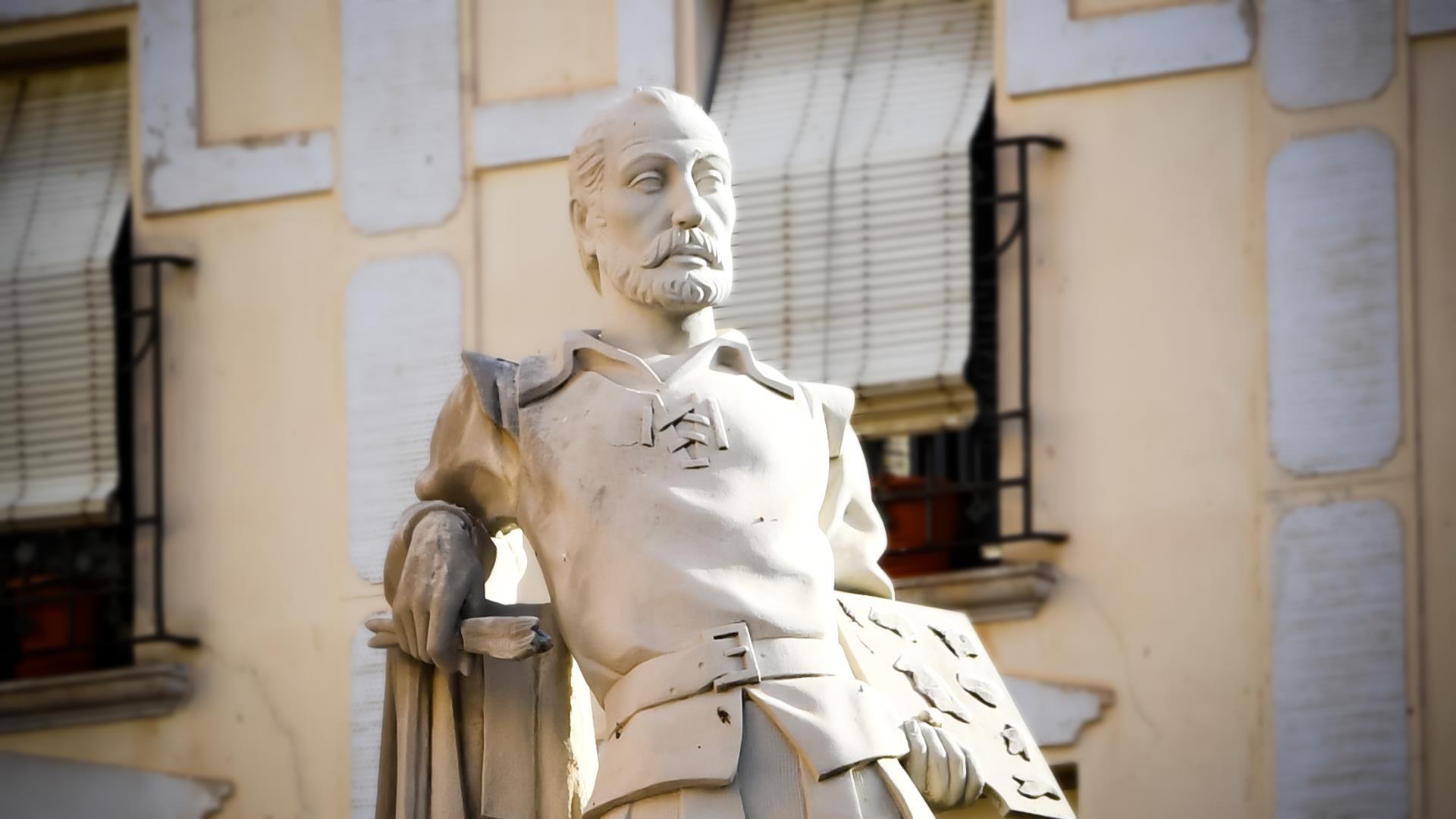
The municipality has a very interesting historical-artistic heritage, such as the two hermitages of the town: The Sant Sebastià hermitage from the 15th century and the Santa Bárbara hermitage from the 16th century.For hiking enthusiasts, several very interesting hiking trails start from La Font de la Figuera.
Highly recommended is the route that leads to the summit of the highest peak of la Costera: the Capurutxo trail, an excursion that accesses the cross and from whose summit you can see a magnificent landscape that reaches the territory of four regions.


